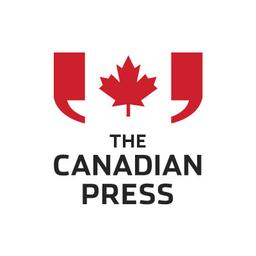OTTAWA—The federal government is overhauling the way it regulates the cost of patented medicines, including ending comparisons to the United States—changes that Canada’s health minister is billing as the biggest step towards lower drug prices in a generation.
Health Canada’s long-awaited amendments to patented medicine regulations, unveiled Friday, include allowing the arm’s-length Patented Medicine Prices Review Board to consider whether the price of a drug reflects the value it has for patients.
The list of countries that the quasi-judicial board uses to compare prices and gauge its own levels will no longer include the U.S. and Switzerland, both of which are home to some of the highest drug prices in the world.
That’s a category that has also long included Canada, something Health Minister Ginette Petitpas Taylor said she’s determined to change.
“If we look at their health care system, and we also look at the economies ... it is really hard to compare their health care system to what we have here in Canada,” Petitpas Taylor said in an interview.
“When we changed the basket of countries, we changed them because we wanted to make sure could compare ourselves to similar jurisdictions that have similar health care systems and also similar populations.”
Jane Philpott, Petitpas Taylor’s predecessor in the portfolio, announced in May 2017 the government was embarking on a series of consultations on a suite of proposed regulatory changes related to the drug prices board.
Philpott said the prices review board—first created 30 years ago to ensure companies do not use monopolies to charge excessive costs—was limited in its ability to protect consumers from high drug prices. The government expressed at the time it hoped to have the new regulations in place no later than the end of 2018.
It has taken a long time for the final changes to be put in place, Petitpas Taylor acknowledged, but she said that’s only because the government wanted to ensure it consulted with all industry stakeholders, patient groups, and people who worked in the field.
Former Bank of Canada governor David Dodge was brought on as a third-party reviewer to conduct a cost-benefit analysis, said Petitpas Taylor, who anticipates the amendments announced Friday will save Canadians approximately $13 billion over 10 years on patented drug costs.
“We took our time, we did our due diligence,” she said. “At the end of the day, as Canada’s health minister, my number one priority is making sure that medication is available for all Canadians and when we say that Canada’s among the top three countries that pay the highest drug prices in the world, that’s just not acceptable.”
The review board now has the tools and information it needs to meaningfully protect Canadian consumers from excessive prices, board chair Dr. Mitchell Levine said in a statement.
The board hopes to have constructive talks with partners and stakeholders in coming months to make the necessary changes to its guidelines and put the regulatory amendments into effect, he added.
Petitpas Taylor called the changes a “huge step” towards a national pharmacare plan—the public, single-payer system of drug coverage Prime Minister Justin Trudeau has promised to pursue.
NDP Leader Jagmeet Singh, whose party appears poised to make its own proposal for a national plan a central component of its election campaign, dismissed Friday’s announcement as little more than a stall tactic.
“The best way Canada can lower the price of drugs is well documented: buying them in bulk using the negotiating power of a 37-million-person single-payer pharmacare plan,” Singh said in a statement.
“But big pharmaceutical and insurance companies don’t want that, so after meeting with them more than 700 times since 2015, Trudeau’s Liberals are stalling pharmacare, and therefore making life easier for big pharma.”
Innovative Medicines Canada, which represents the pharmaceutical industry, warned in a statement that the regulatory amendments would limit the access of Canadian patients to new, cutting-edge treatments, and would also discourage investment in Canada’s life science sector.
“Our fear is that patients will be worse off,” said IMC president Pamela Fralick.





